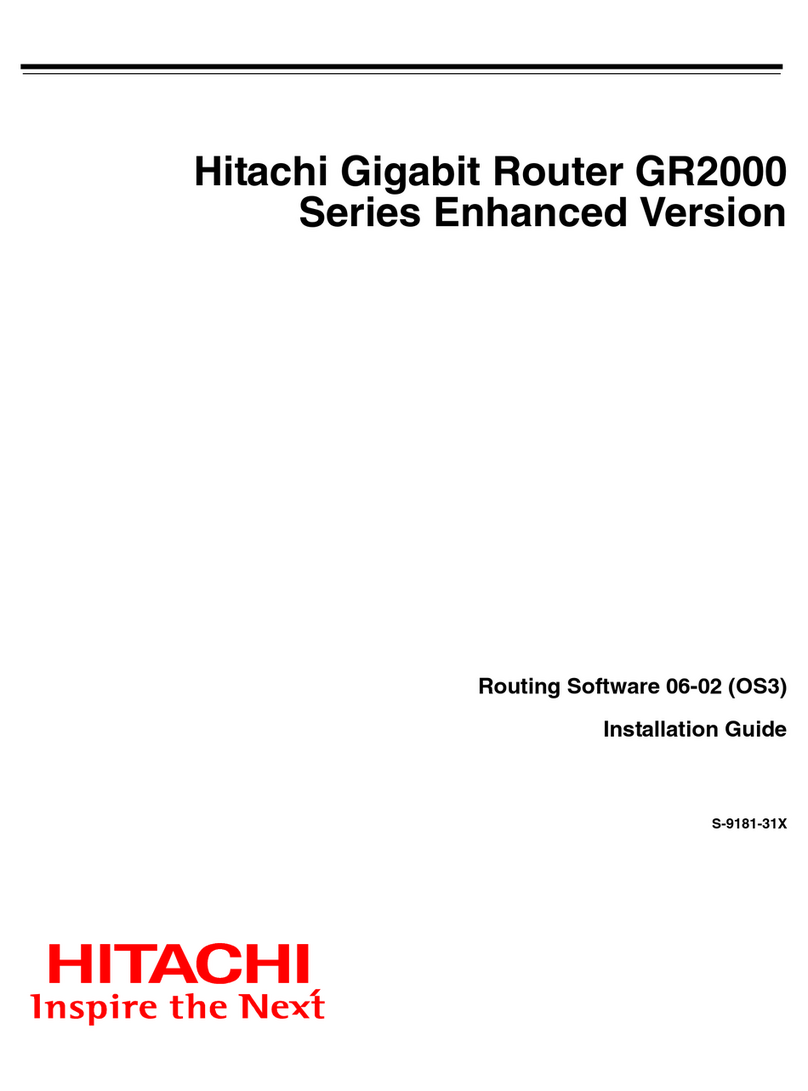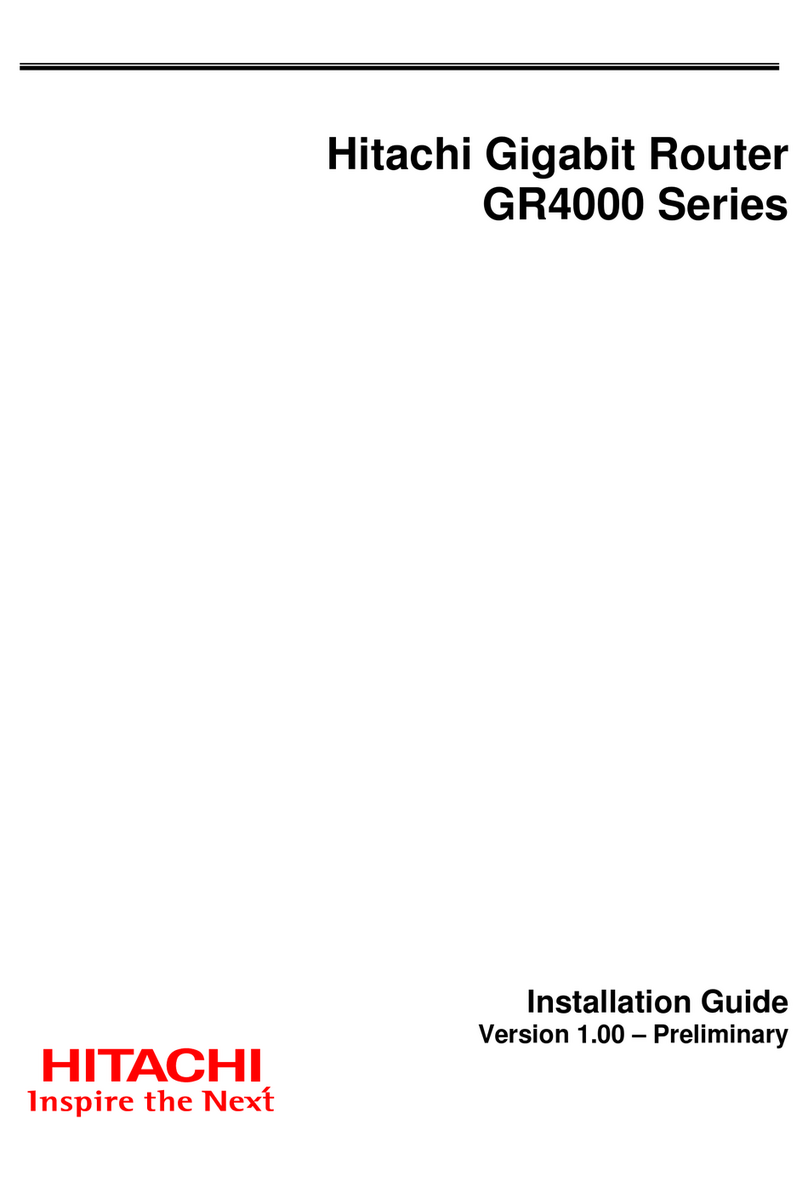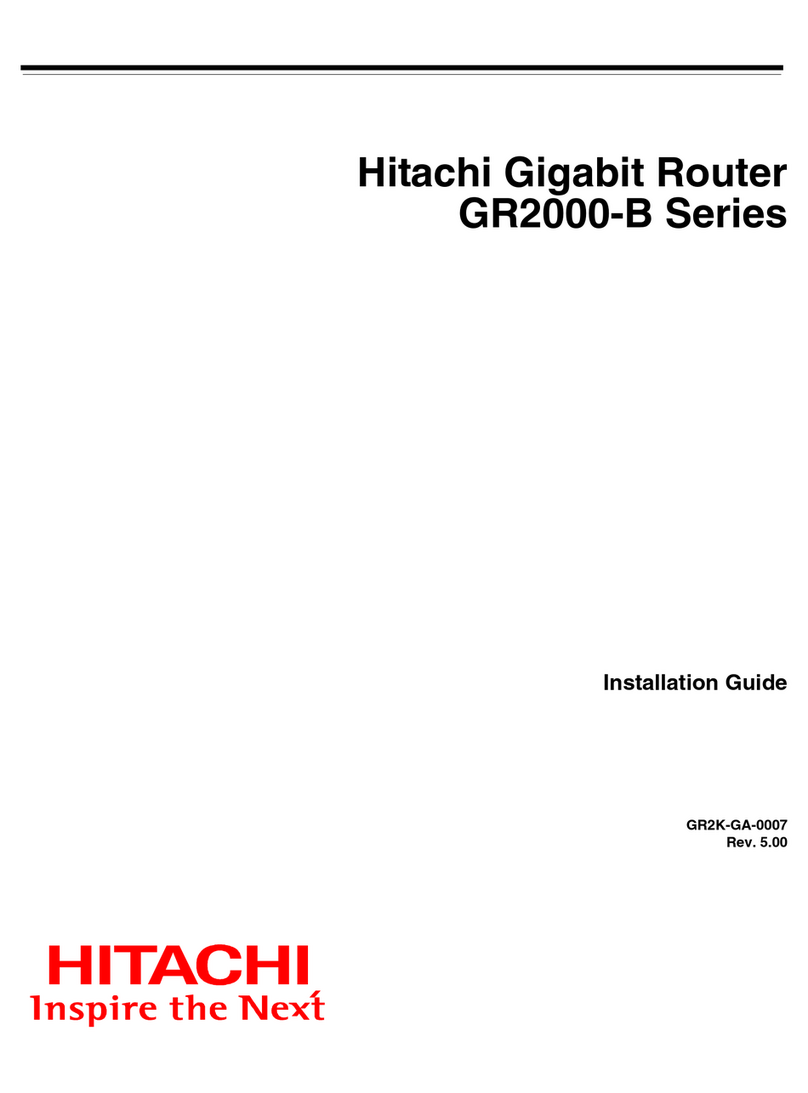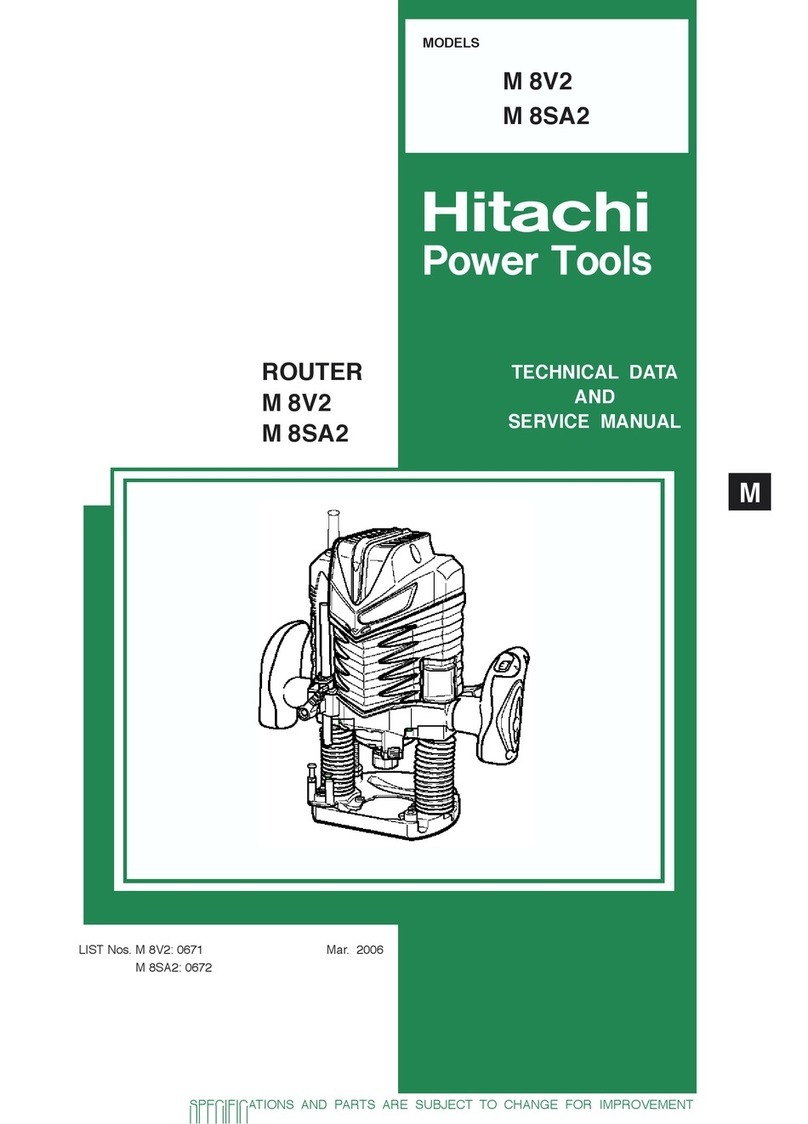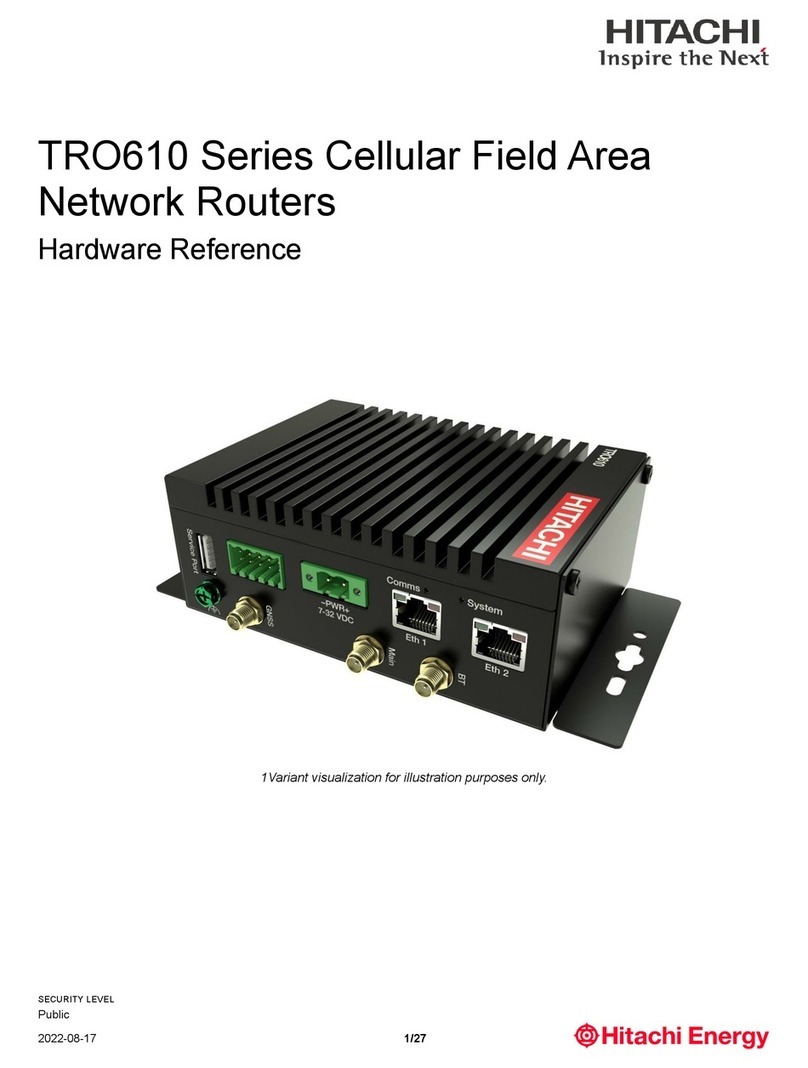
vi US7070447-001
Rev 01
Chapter 10
Troubleshooting at the Network Layer
IP (Internet Protocol) ....................................................................................................10-1
Other IP-related Services ......................................................................................10-2
RIP (Routing Information Protocol) ........................................................................10-2
Route Cache Forwarding vs. IP Forwarding ..........................................................10-3
Static Routes vs. Dynamic Routes .........................................................................10-3
Default Route .........................................................................................................10-3
Common ICMP Destination Unreachable Messages .............................................10-4
Network Unreachable ......................................................................................10-4
Host Unreachable ............................................................................................10-4
Port Unreachable .............................................................................................10-4
Troubleshooting IP .......................................................................................................10-5
CLI Commands .....................................................................................................10-6
Chapter 11
Basic ATM Concepts
Permanent Virtual Circuits vs.
Switched Virtual Circuits ...............................................................................................11-2
LAN Emulation (LANE) ..........................................................................................11-2
LAN Emulation Client (LEC) ............................................................................11-3
LAN Emulation Configuration Server ...............................................................11-3
LAN Emulation Server (LES) ...........................................................................11-3
Broadcast and Unknown Server (BUS) ...........................................................11-3
Classical IP over ATM (CIP) ...................................................................................11-4
Point-to-Point Bridging (PTOP) ..............................................................................11-4
Trunking .................................................................................................................11-5
Hitachi HiSpeed ATM Specifications ............................................................................11-6
ATM Troubleshooting Tips ............................................................................................11-6
Troubleshooting LANE ...........................................................................................11-7
Troubleshooting CIP ..............................................................................................11-8
Troubleshooting PTOP .........................................................................................11-10
Troubleshooting Trunking .....................................................................................11-12
CLI Commands ...........................................................................................................11-14
